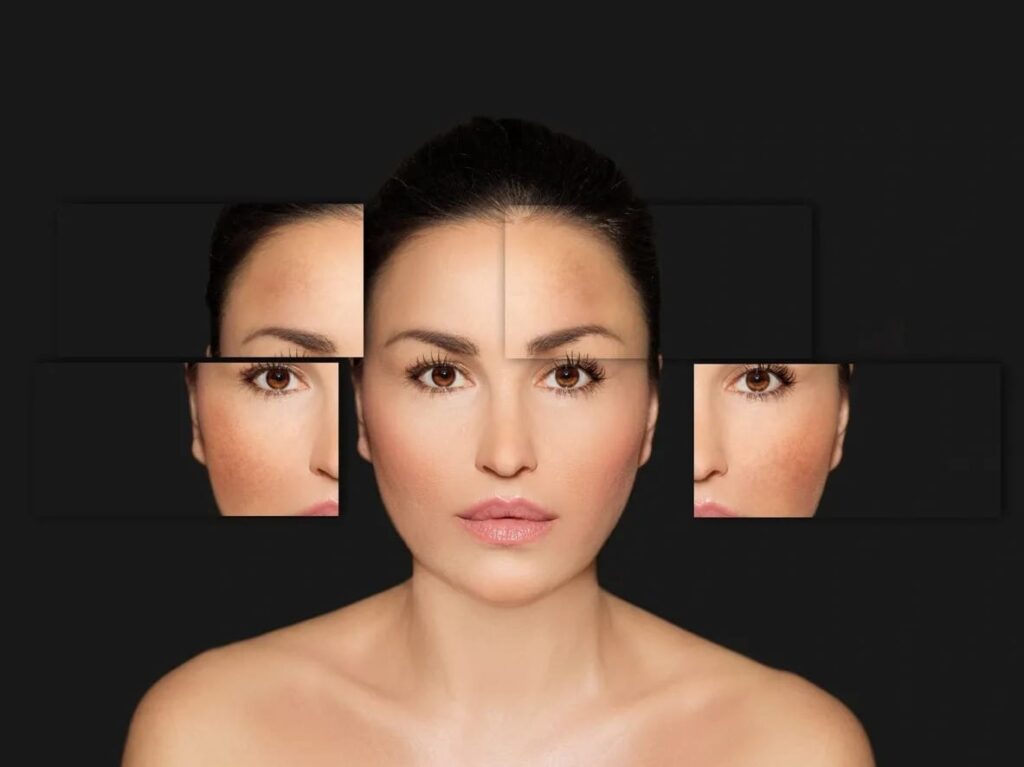
Glycans and Biological Age: Why They Matter—and How You Can Act on It

Most people focus on the number of candles on their birthday cake—but what really matters is your biological age. That’s where glycans come in. These microscopic sugar molecules attached to your proteins offer a powerful way to measure—and even reverse—the effects of aging.
At KiyaLongevity.com, we help you understand your body at the cellular level and use that knowledge to improve how you feel, look, and perform—now and long term.
🧪 What Are Glycans, and Why Do They Matter?
Glycans are complex sugars that bind to proteins, especially Immunoglobulin G (IgG), affecting how your immune system functions and responds to inflammation.
Your glycan profile shifts as you age, stress, or get sick—and it’s measurable through what’s known as the glycan clock, a cutting-edge biomarker that reflects your biological—not chronological—age.
Studies show that a healthy glycan profile is associated with:
- Youthful immune response
- Lower chronic inflammation
- Better resilience against stress and environmental damage
- Slower aging on a molecular level
✅ Want to dive deeper into anti-aging science? Check out our article on Cellular Senescence and Aging
💡 Can You Improve Your Glycan Profile?
Yes—and that’s where Kiya Longevity bridges science and action. While some glycan patterns are genetically influenced, many can be shifted through:
- Peptide therapies (like BPC-157 and TB-500)
- Mitochondrial support (via NAD+ supplements)
- Nutritional adjustments and gut repair protocols
- Lifestyle changes guided by our Peptide Consultation Services
🧠 What Makes KiyaLongevity Different?
We don’t stop at education—we offer personalized longevity protocols powered by real data. Here’s how you can start using glycan science to your advantage:
🔍 Step 1: Book a Peptide Consultation
Work with a trained Naturopathic Doctor through our Peptide Consultation page.
🧪 Step 2: Explore Our Lab Testing Options
Interested in knowing your biological age? Learn about our Advanced Lab Testing to see which biomarkers matter most for your goals.
🧬 Step 3: Build a Plan That Supports Glycan Health
With peptides like GHK-Cu and Thymosin Alpha-1, plus gut-healing protocols, you can optimize your glycan response over time.
📦 Step 4: Subscribe to Long-Term Wellness
Many of our top anti-aging products—like Berkeley Life Nitric Oxide—can be part of a monthly subscription so your support is consistent and cost-effective.
🧬 What Else Can Improve Your Glycan Age?
- Methylene Blue – Supports cellular energy and antioxidant defense
- Longevity Peptide Stacks – Designed to support tissue repair, immunity, and inflammation
- NAD+ Patches – Ideal for energy and cognitive clarity
- BPC-157 + Gut Protocols – Known for immune and mucosal repair, linked to better glycan expression
🧭 Start Reversing Your Glycan Clock with Kiya Longevity
Your glycan profile says a lot about your real health status—but you’re not stuck with the one you have today.
Whether you’re interested in peptide therapies, longevity testing, or custom anti-aging protocols, KiyaLongevity.com provides a science-backed, fully supported path forward.
➡️ Ready to take the next step?
Explore our Peptide Consultation Services or start shopping our full range of anti-aging peptides and health optimization supplements.
💬 Questions? Let’s Talk.
We’re here to help. Use our Contact Page or reach out via Live Chat for personalized guidance.
#kiyalongevity #Telehealth #Brain
**Disclaimer**
This site and its services are for consumer educational use only. Nothing contained in this article is or should be considered or used as a substitute for medical advice, diagnosis, or treatment. Never start any diet, exercise, or supplement program without consulting your medical provider. This article and its services do not constitute the practice of medicine. Users should always seek the advice of a physician with any questions regarding their health or medical conditions. Never disregard, avoid, or delay obtaining medical advice or following the advice of a physician because of something you have seen or read on this site.
References
- https://www.healthline.com/health/chronological-ageing#healthy-aging
- https://en.wikipedia.org/wiki/Glycation
- https://international.neb.com/applications/glycobiology-and-proteomics/glycobiology
- https://www.nature.com/articles/s41581-019-0129-4
- https://www.ncbi.nlm.nih.gov/books/NBK1897/
- https://www.hindawi.com/journals/omcl/2019/3085756/#abstract
- https://www.sciencedirect.com/science/article/abs/pii/S0304416511000638
- https://www.ncbi.nlm.nih.gov/pmc/articles/PMC3583887/
- https://www.healthline.com/nutrition/advanced-glycation-end-products#bottom-line
- https://www.ncbi.nlm.nih.gov/pmc/articles/PMC5643203/
